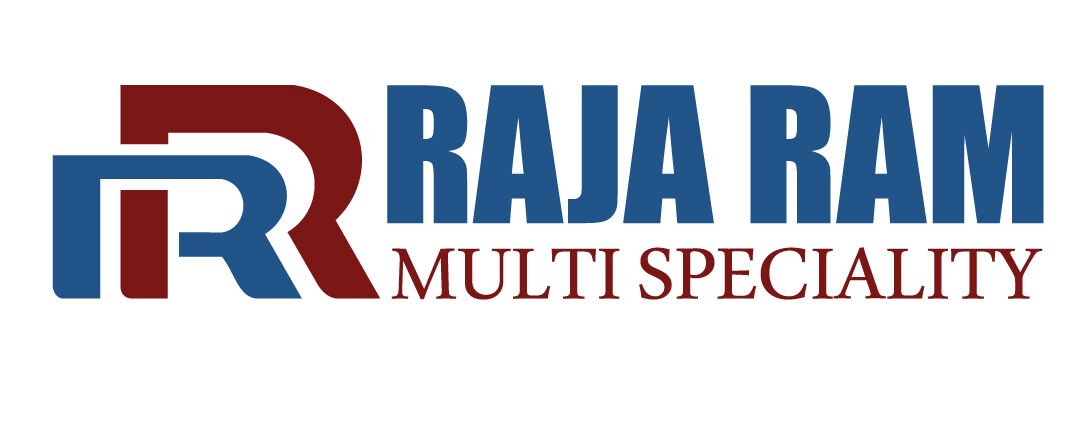Breaking the Silence: A Closer Look at Hearing and Speech Disorders.
Hearing and speech disorders encompass a range of conditions that affect an individual’s ability to communicate effectively. These disorders can manifest from childhood or develop later in life, impacting social interactions, educational attainment, and overall quality of life. In this article, we will explore the various types of hearing and speech disorders, their causes, diagnostic processes, and the importance of early intervention in fostering effective communication skills.
To know more about it please click here
Types of Hearing Disorders
- Conductive Hearing Loss:
- Results from problems in the ear canal, eardrum, or middle ear that impede the transmission of sound waves. Common causes include ear infections, earwax blockages, or issues with the ear’s structural components.
- Sensorineural Hearing Loss:
- Occurs due to damage to the inner ear or auditory nerve. Causes may include aging, exposure to loud noises, genetic factors, or certain medications.
- Mixed Hearing Loss:
- A combination of both conductive and sensorineural hearing loss, often involving issues in both the outer/middle ear and the inner ear or auditory nerve.
- Auditory Processing Disorder (APD):
- Involves difficulty processing and interpreting auditory information, even when hearing sensitivity is normal. Individuals with APD may struggle with understanding speech in noisy environments.
Types of Speech Disorders
- Articulation Disorders:
- Impairments in the ability to produce speech sounds correctly. This can result in substitutions, omissions, or distortions of sounds.
- Fluency Disorders:
- Characterized by disruptions in the natural flow of speech, such as stuttering. Fluency disorders can impact the rhythm and smoothness of speech.
- Voice Disorders:
- Involve abnormalities in pitch, volume, or quality of the voice. Common causes include vocal nodules, polyps, or laryngeal disorders.
- Language Disorders:
- Affects the ability to understand and use words in context, including difficulties with grammar, vocabulary, and sentence structure.
Causes of Hearing and Speech Disorders
- Genetic Factors:
- Some individuals may be predisposed to hearing or speech disorders due to genetic factors inherited from their parents.
- Congenital Factors:
- Conditions present at birth, such as infections during pregnancy, prematurity, or genetic syndromes, can contribute to hearing and speech disorders.
- Environmental Factors:
- Exposure to loud noises, ear infections, and trauma can contribute to hearing loss, while environmental influences such as language exposure and socio-economic factors may impact speech development.
- Neurological Conditions:
- Disorders affecting the nervous system, such as cerebral palsy or autism, can also be associated with hearing and speech challenges.
To know more about it please click here
Diagnosis and Early Intervention
- Audiological Evaluation:
- Hearing disorders are typically diagnosed through audiometric testing, which assesses an individual’s ability to hear different frequencies and levels of sound.
- Speech-Language Assessment:
- Speech disorders are often diagnosed through speech-language assessments, which evaluate articulation, language skills, fluency, and voice quality.
- Multidisciplinary Approach:
- Collaboration between audiologists, speech-language pathologists, and other healthcare professionals is crucial for a comprehensive assessment and diagnosis.
- Individualized Treatment Plans:
- Once diagnosed, individuals with hearing and speech disorders can benefit from individualized treatment plans, including speech therapy, hearing aids, cochlear implants, or assistive communication devices.
The Importance of Early Intervention
- Critical Developmental Period:
- Early childhood is a critical period for language and speech development. Early intervention can significantly impact a child’s ability to develop age-appropriate communication skills.
- Social and Academic Implications:
- Hearing and speech disorders can impact social interactions, academic achievement, and overall well-being. Early intervention helps mitigate these challenges, fostering improved communication abilities.
- Enhanced Quality of Life:
- Timely intervention can lead to better outcomes in terms of educational and vocational success, social integration, and overall quality of life for individuals with hearing and speech disorders.
Conclusion
Hearing and speech disorders pose unique challenges, but with advancements in diagnostic methods and a growing awareness of the importance of early intervention, individuals affected by these disorders have access to a range of effective treatments. The collaborative efforts of healthcare professionals, educators, and families play a crucial role in supporting individuals with hearing and speech disorders, bridging communication gaps, and empowering them to reach their full potential.


